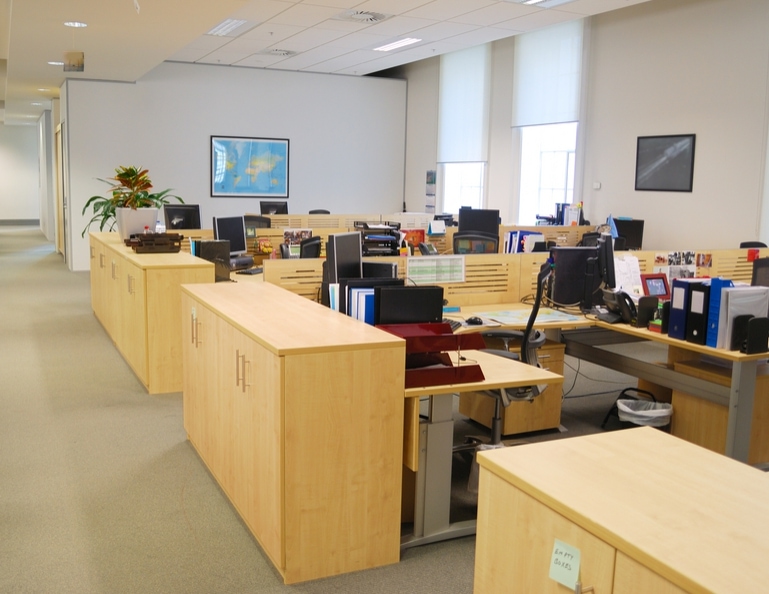
Are you planning on setting up a commercial office space in the Chicagoland suburb? If yes, you need to consider a lot of things before you venture into it. One of the main things you need to put into great consideration is the amount of parking space. It is a known fact that Chicago and the surrounding suburbs lack abundant public transportation routes, therefore making it imperative for many employees to drive to the office. If that is the case, you need to provide enough parking spaces for your employees and customers.
YOU NEED TO HAVE AN ESTIMATE
In order to save yourself from the havoc of insufficient parking spaces for your Chicagoland office space for your business and your personal, you need to have a good estimate of the number of clients that visit you per day, and the total number of your employees. This will determine the amount of the parking spaces you need. With this information, your tenant representation broker can help you to get a suitable commercial office space for you.
HOW GREAT IS THE PARKING FACILITY?
After your broker has found you the commercial office building that fits into your requirement then it becomes pertinent for you to check it out. You might need to take a tour around the building for you to confirm the parking capacity, whether it has extra parking advantages among others. It should be noted that some buildings have overflowing parking spaces and short term parking spaces, however, these are enforced separately. Information might not be given to you if you fail to ask, thus, you need to ask questions based on the strict adherence to your parking requirement.
RESERVED OR OPEN PARKING SPOTS?
Some landlords in the Chicagoland area provide reserved parking spots system i.e. leaving some parking spaces specifically for a set of people. To save yourself from the presumption that all the parking spots are open to everyone, you need to ask questions! Ask questions as to whether the parking spaces are reserved or not. If the former is the case, and a price is attached to it, then you should be ready to negotiate your price and terms.
SPELL OUT ALL THE TERMS RELATED TO THE OFFICE SPACE CLEARLY
Most of the time, office space tenants often fail to explicitly state the terms of the lease of both the building and the parking spaces in their lease document. You should ensure that all the necessary terms of the office lease are explicitly stated in the lease document for future and legal use.
TENANT ADVISORS WILL SAVE YOU THE STRESS AND MONEY
Instead of wasting your money and productive time to tour, negotiate, and to ensure the due process for your smooth office space lease, you can just hire Tenant Advisors, Inc.. Tenant Advisors, Inc. is a commercial real estate firm in the Chicagoland area that provides aggressive and unbiased representation to office space tenants throughout Chicago and the surrounding suburbs FREE for the tenants. You will pay us no money to represent you; our bill will be paid by your landlord. Also, it should be of a greater interest for you to know that we neither own any real estate nor represent any real estate owners, just tenants only! That means you can count on us for unbiased interest.
Our highly skilled and ever reliable staff will walk you through the process, help you to understand the lease or purchase agreements. They will also ensure that all the necessary terms including the terms and the consideration of the parking spaces are included.
Contact us today by filling out our form and we will get back to you within 24 hours. With our FREE service, you can be on your way to obtaining the office space of your choice.



